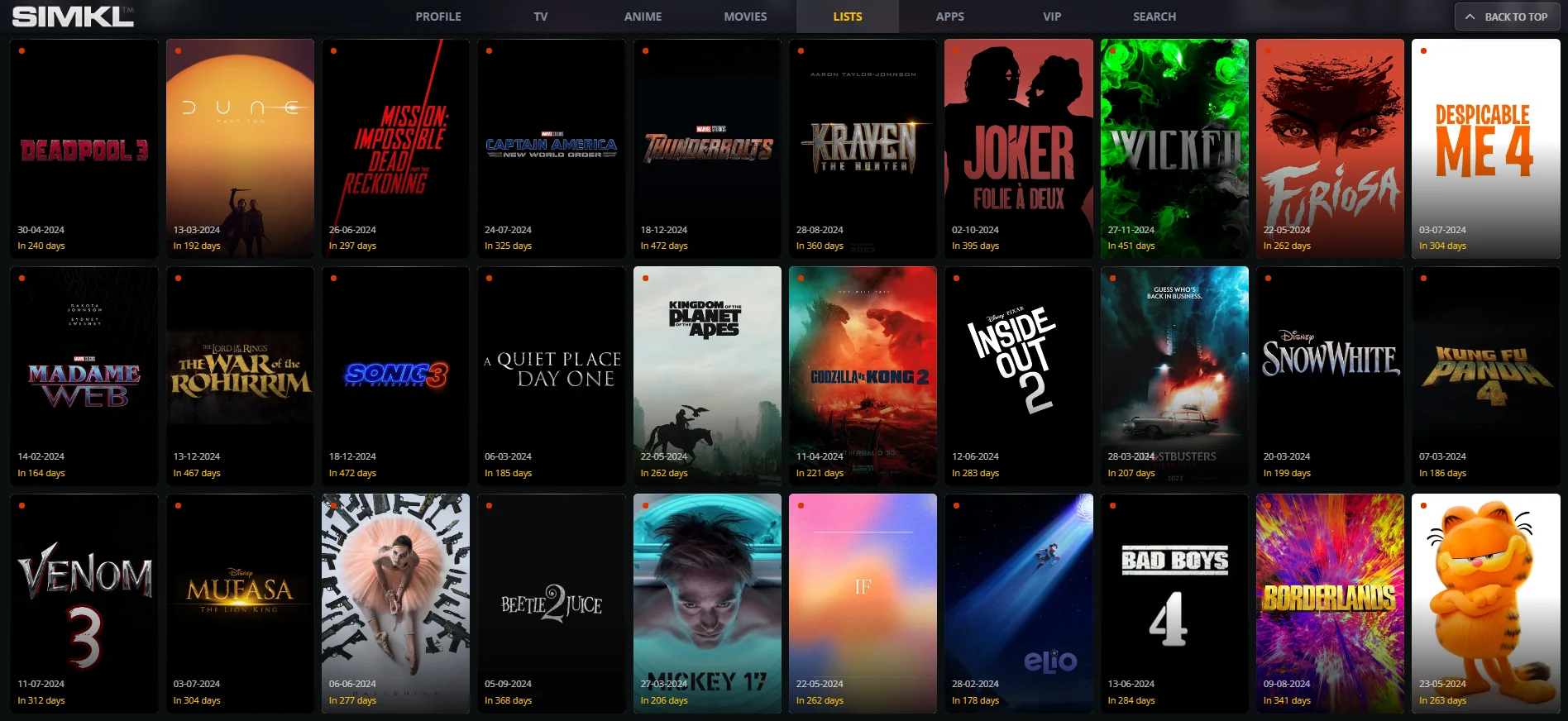LBW in Cricket: 10 Facts You Didn’t Know About This Rule

Cricket is a sport filled with rules and strategies, but one of the most debated and intriguing is the LBW rule. LBW, short for Leg Before Wicket, is a dismissal method that has been part of cricket’s legacy since the 18th century. While it’s common for fans to understand the basics, there are plenty of lesser-known facts about LBW that will surprise you.
Let’s explore 10 fascinating facts about LBW in cricket and understand how this rule shapes the game
What Does LBW Mean in Cricket?
Before diving into the facts, let’s clarify the basics. The LBW full form is Leg Before Wicket, a rule that allows a batsman to be dismissed if their leg (or any part of the body, except the hand holding the bat) prevents the ball from hitting the stumps. The umpire’s decision involves several factors, including where the ball pitched, its trajectory, and whether it would have struck the stumps.
1. LBW Was Introduced to Prevent Unfair Play
In the early days of cricket, batsmen would intentionally block the ball with their legs to prevent getting bowled out. To counter this, the LBW rule was introduced in 1774. Initially, it applied only when the ball pitched straight, but it has evolved significantly over time to ensure fairness.
2. Technology Has Revolutionized LBW Decisions
Modern cricket has embraced technology, and LBW is one of the key areas where it plays a crucial role. Tools like Hawk-Eye and DRS (Decision Review System) have made it easier to determine if the ball would have hit the stumps. This has reduced umpiring errors, although controversies still occur.
3. The Ball’s Pitching Zone Matters
For an LBW to be given, the ball must pitch either on the stumps or outside the off-stump. If it pitches outside the leg stump, even if it would hit the wickets, the batsman cannot be given out. This adds a layer of complexity to the LBW rules, making it one of the most challenging calls for umpires.
4. Umpires Consider the Ball’s Trajectory
When making an LBW decision, the umpire must judge whether the ball would have gone on to hit the stumps. This is why Hawk-Eye technology, which predicts the ball's path, is so valuable. It provides a virtual representation of the ball's trajectory, aiding in accurate decisions.
5. Impact Outside the Line of Off-Stump Saves the Batsman
One lesser-known rule is that if a batsman is struck outside the line of the off-stump while attempting to play a shot, they cannot be given out LBW. This exception is designed to encourage batsmen to play attacking cricket rather than merely defend.
6. LBW Decisions Are Common in Test Matches
Statistics reveal that LBW dismissals are more frequent in Test matches than in limited-overs formats. The longer format of the game allows bowlers to target the stumps more effectively, increasing the likelihood of LBW dismissals.
7. Spin Bowlers Thrive on LBW Dismissals
Spin bowlers often aim to trap batsmen LBW with their variations in flight, turn, and trajectory. The LBW rule is particularly advantageous for spinners, especially when the pitch offers turn. Famous bowlers like Shane Warne and Muttiah Muralitharan often used this tactic to great effect.
8. LBW Controversies Have Shaped Cricket’s History
Over the years, there have been numerous LBW decisions that sparked debates. For instance, the controversial LBW dismissal of Sachin Tendulkar during the 1999 Adelaide Test against Australia is still discussed among fans. These incidents highlight how subjective the rule can be, even with technology.
9. The Rule Differs Across Formats
The LBW rule applies universally, but its impact varies across formats. In Test cricket, bowlers can exploit this rule by targeting the stumps consistently. In ODIs and T20s, batsmen often use their legs as a second line of defense, making LBW dismissals slightly less frequent.
10. How LBW Has Influenced Batting Techniques
The LBW rule has significantly influenced how batsmen approach the game. Modern batsmen work on their footwork and alignment to avoid getting trapped in front of the stumps. Coaches emphasize playing straight to minimize the chances of LBW dismissals.
How Does the LBW Rule Work?
To understand LBW better, let’s break it down step-by-step:
- Pitching: The ball must pitch either in line with the stumps or outside off-stump.
- Impact: The ball must strike the batsman in line with the stumps unless they are offering a shot.
- Ball Trajectory: The ball must be heading toward the stumps.
- Exemptions: If the ball pitches outside the leg stump or the batsman is struck outside the off-stump while playing a shot, they are not out.
FAQs About LBW in Cricket
Who decides LBW in cricket?
The on-field umpire makes the initial LBW decision, but players can use the DRS to review the decision.
What is the full form of LBW in cricket?
The full form of LBW is Leg Before Wicket.
Where does the ball need to pitch for LBW?
The ball must pitch in line with the stumps or outside the off-stump to be eligible for an LBW dismissal.
Why is LBW controversial?
LBW is often controversial due to its subjective nature, as it involves judging the ball’s trajectory and impact. Even with technology, decisions can be contentious.
How does DRS help with LBW?
DRS uses tools like Hawk-Eye to predict the ball’s path and determine if it would have hit the stumps, improving the accuracy of LBW decisions.
What's Your Reaction?

















